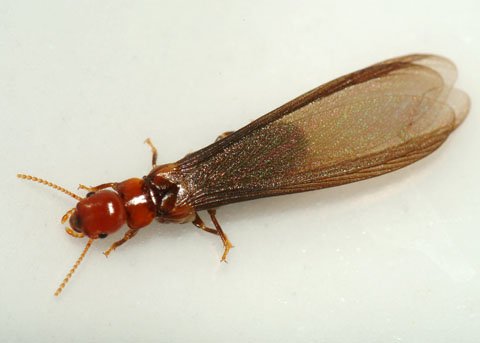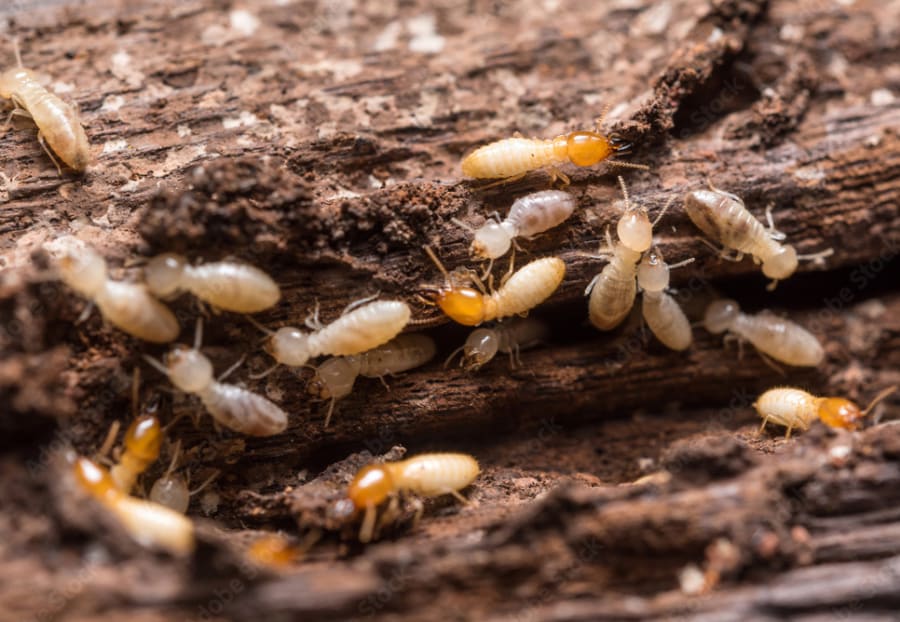In recent times there has been reports in the media and notifications from the Queensland Government about the exotic pest, the Indian Drywood Termites. If you thought our local termites were bad this import is really nasty.
They can do significant damage to the structure of a property. Unlike our local termites that feast on moist or decaying timber, the West Indian Drywood Termites as their name suggests devour dry wood. Left unchecked, they will even eat your timber furniture. They could be aptly described as the guests from hell!
They build a colony and live within the timber they are feeding on. They breed like rabbits and soon there’s a lot of hungry mouths to feed. The phrase, ‘they will eat you out of house and home’ comes to mind. That’s what they do – eat the timber structure of your home.
Because they are living within the timber, that makes them harder to detect. That’s why we use our hi-tech equipment that can see through walls so speak.
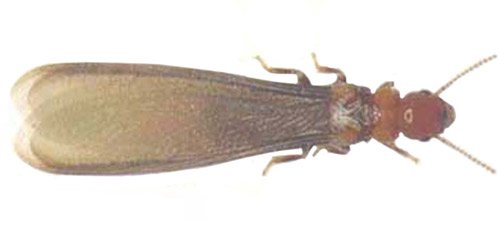
Termite Detection Equipment
Thermal Imaging Camera: Termites emit a heat mass of 35c and our thermal imaging camera can detect that. Without causing any damage, the camera can detect a heat mass behind the walls. It’s vital that a termite colony or nest is not disturbed to keep it contained so that’s where this piece of expensive equipment pays its way.
FYI, a cooler temperature may indicate you have a possum, rat or snake enjoying the comforts of your home. We can deal with rats but revert to other experts for possums and snakes.
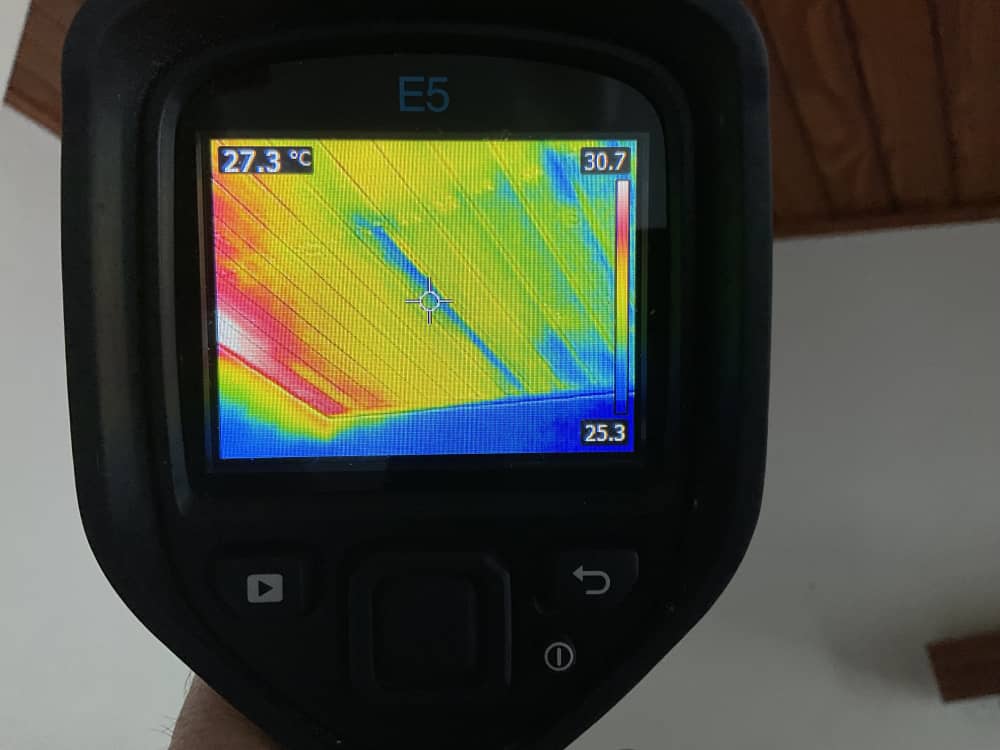
How Did the West Indian Drywood Termites Come to be in Queensland?
Quite simply, they were imported either in timber, furniture or ornaments. They got through under the radar of Biosecurity and have been present in Queensland since 1966. That’s an indicator of how difficult they are to eradicate.
The termites are active in Maryborough, Bundaberg, Rockhampton, Townsville, and recently reported in West End, Woolloongabba, Cooparoo, and Manly
How to Tell if You have West Indian Drywood Termites
These are the most common indicators of their presence:
- Sound of clicking noises
- Termite wings – yes these guys can fly!
- Sighting of “white ants”
- Hollow sounding wood
- Termite droppings which are called Frass
Clicking Noises:
It may not actually be the neighbours next door making the racket you’re hearing but the West Indian Drywood Termites in the walls. They can be noisy eaters and they can bang the timber to alert the colony of danger. You would need to have your ear to the wall to hear this but if you are hearing clicking sounds that’s the West Indian Drywood Termites.
Termite Wings:
The colony is dependent on swarmers to reproduce and grow the colony. Flying termites or evidence of their wings is another indicator of an Indian Drywood Termite colony. A colony can live for 10 years and at certain times of the year, the termites can fly short distances to find a new food source and begin a new colony.
White Ants:
These termites do look similar to white ants. They have cream-coloured bodies, straight antennae and not to fat shame anyone but they do have much thicker midsections – what we would call a gut!
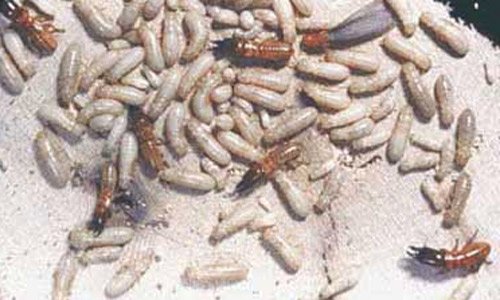
Hollow Sounding Wood:
We hope it doesn’t get to this but if you tap on timber and it sounds hollow you probably have a big colony. Remember, these guys eat the timber from the inside out and you maybe left with just a thin layer of wood or paint holding the timber together.
Termite Droppings or Frass:
Unfortunately what goes in comes out. These critters eat a lot and they punt their waste out of their tunnel onto window sills, floors and other areas of your home. You will see tiny droppings in clusters and that’s further evidence of West Indian Drywood Termites.
What to do if you have any of these signs?
Contact us immediately at 1300 304 725 or after hours by email: sales@defencepestmanagement.com.au and we will respond with top priority. Time is of the essence. We will conduct a thorough inspection of your property using our hi-tech equipment and provide a report about the extent of the infestation. We will gather samples that you need to provide to the Queensland Government Industries for analysis.
This is what they require:
- several soldier bodies, heads, frass or termite wings
- a high-resolution digital photograph of the termites, frass and their damage—as well as or instead of a physical sample.
The presence of West Indian Drywood Termites must be reported in 24 hours by phoning 13 25 23
What to do if you Own Property in West End, Woolloongabba, Cooparoo, Manly?
As recommended by the Queensland Government, arrange a pest inspection. If a neighbour’s property has been infested by this termite, your property is at higher risk. It would be our recommendation to have 6-monthly inspections.
Call us today to book a pest inspection for the West Indian Drywood Termite 1300 304 725. For out-of-hours, please contact us online and we will call you the next business day.
Prevention of Termite Infestation
Prevention is always better than the cure. Here are some quick tips that can help prevent the spread of these termites and the locals too!
- Remove any old tree stumps and decaying timber fences
- Keep mulch and gardens from butting up against house walls. Maintain a 20cm gap.
- Remove any old timber structures or sheds on the property.

